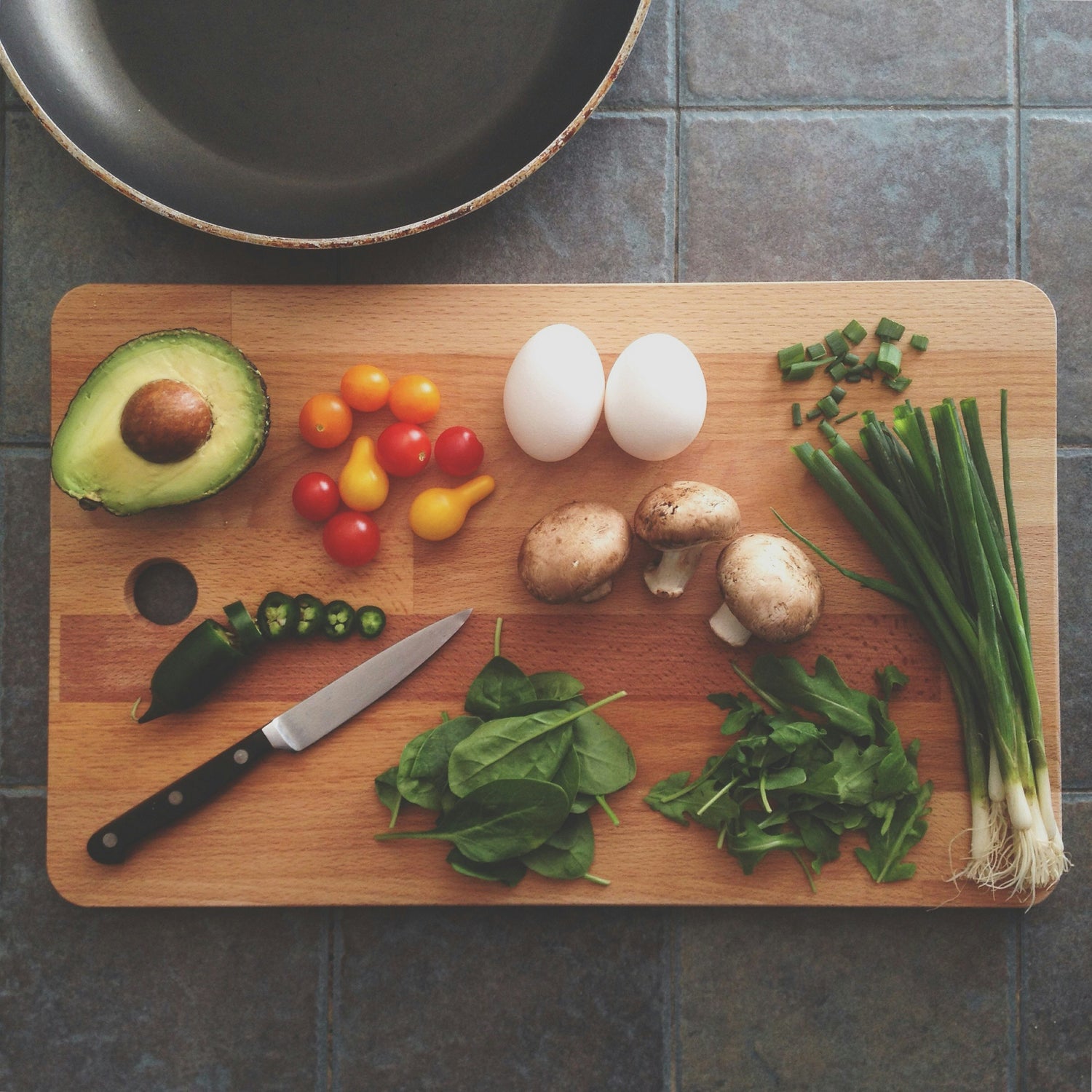The majority of adults in America—an impressive 68 percent—take dietary supplements. But are they getting the nutrition they need? The actual bioavailability of nutrients varies widely, according to the Berkeley Wellness Letter. You may be absorbing anywhere from ten to ninety percent of nutrients in a given food or supplement. When you pop that multivitamin/mineral in your mouth, your body utilizes anywhere from 30 to 80 percent of the zinc, copper, and selenium, and a mere 30 to 40 percent of calcium.
Under typical conditions, many of our most potent health-promoting molecules are poorly absorbed. Oral quercetin is only 17 percent available.[1] Polyphenols from green tea have poor bioavailability; ellagic acid, found in cherries and raspberries, is not well absorbed; and glutathione, our master antioxidant, is delicate and easily oxidized or degraded.[2],[3],[4]
Bioavailability of herbs also varies widely.[5] In fact, nutrient uptake can be impaired by stomach acids, gut wall enzymes, bacterial enzymes, and liver metabolism. Plus, the nutrients themselves aren’t always stable when stored over long periods of time.[6]
Liposomal Delivery Systems Offer An Answer
Liposomal delivery systems, with their advanced nutrient bioavailability, are increasingly popular. There are nearly 54,000 peer reviewed published studies on liposomes, and breakthroughs in their formulation have benefitted many fields. They are utilized in medicine, cosmetics, for delivery of vaccines, hormones, enzymes, vitamins, botanicals and even in agriculture.[7]
Liposomes are tiny lipid bubbles---so tiny they are invisible to the naked eye, a 1/1000th the width of a single human hair. They are made out of the same fat—phospholipids—as our own cell membranes. Liposomes are biocompatible and stable, and can be crafted to carry both water and fat-soluble nutrients. If formulated correctly, they can facilitate absorption as soon as they land on the tongue, and can help protect breakdown by digestive acids and enzymes. Because they are made of the same lipids that compose our own cell membranes, they may effectively meld with the cell membrane and optimize cellular support.
Liposomal technology has been said to bring the power of intravenous therapy into a convenient oral form. With its ease of use—a mere squirt or swallow—and promise of rapid delivery and optimal uptake, liposomal formulations can offer impressive potency. Because of enhanced delivery and absorption, nutrients delivered in liposomal form at lower doses may offer equal or greater efficacy than higher doses provided in forms that are less bioavailable.[8],[9]
Their potency is impressive. In liposomal form, the absorption of glutathione can compare to that of intravenous formulations, and appears to help maintain precious intracellular storage.[10],[11] In liposomal form, Vitamin Methyl B-12 can have uptake levels five to fifteen times as high as regular Methyl B-12.[12] Even better, the phospholipids in liposomes are therapeutic. They help nourish every cell membrane by providing the lipids needed to function optimally.
Not All Liposomal Formulations Are Equally Effective
You might be thinking, ‘Great, I’ll switch to liposomal formulations.’ But not all liposomes are alike. The technology used to manufacture them, as well as their size, can vary remarkably.
All liposomes are emulsions, but not all emulsions are liposomes. An emulsion blends oil and water together. Mayonnaise is an emulsion. Cold cream for the skin is an emulsion. If you blend lecithin with Vitamin C powder and distilled water, and then use ultrasound, as has been recommended for a “homemade’ product, you will end up with a vitamin C emulsion. This emulsion is not likely to form reliable liposomes that contain vitamin C molecules inside. Neither will supplements that contain lecithin or a phospholipid along with a vitamin. They may be emulsions, but they are not true liposomal therapeutics.
Liposomes are very specific ‘vesicles’ or bubbles modified to carry either fat-soluble or water soluble molecules. Their likeness to living bi-layer lipid cell membranes is remarkable. If a vitamin or nutrient is placed inside the liposome, it will not readily pass through the bilayer. Yet when the liposome merges with the lipid bilayer of the cell membrane, it can deliver its contents directly to the cell. So when you are considering liposomal products, evaluate whether they are just regular emulsions or blends of lipids and nutraceuticals, or whether they are true advanced delivery systems.
It’s also important to consider the size of a liposome—smaller sizes have been shown to offer dramatically higher uptake. That’s because the tiniest vesicles can be dramatically more efficient at cellular delivery of encapsulated nutraceuticals. In one notable study, cellular uptake increased 9-fold as liposome size dropped from 236 nm to 97 nm. At the smallest size of 64 nm, the uptake was 34-fold higher.[13]
Beyond Liposomes: NanoEmulsions and Micelles
Our bodies are infinitely resourceful and actually invented the membranes of cells, with their dynamic surfaces where biological reactions take place, and nutrients are absorbed while wastes are shuttled out. The exchange of molecules and the transfer of electrons occur along and across biological membranes.
Every day, our own amazing bodies create nanoparticle bubbles that are water-soluble on the outside and carry fat-soluble nutrients on the inside. These are known as micelles. Unlike liposomes, micelles have a single layer membrane, not a bilayer.
Micelles are very simple membrane models. They are usually spherical. Like liposomes, they can deliver both water-soluble and fat-soluble nutrients. Micelle nanoparticles are extraordinarily tiny and range in size from 5 to 100 nm.[14] Micelles that occur naturally in the body are critical for the absorption of fat-soluble vitamins like E, D, A and K, as well as carotenoids and omega-3 fatty acids. Bile contains micelles composed of bile salts, cholesterol and phosphatidylcholine.[15] Bile salts allow micelles of fatty acids to form, and they are astoundingly small—smaller than 100 nanometers in size.
When micelles are created in a laboratory in order to deliver nutraceuticals, they are made with a hydrophilic (water-loving) "head" facing the outside, and a hydrophobic (water-hating) "tail" on the inside. These micelles are also referred to as a nanoemulsion. Their dispersed droplets fall in the super tiny 10- to 100-nm range. Nanoemulsions lead to a much larger surface area and thus concentration, as well as higher bioavailability of the therapeutic phytonutrient, vitamin or mineral they contain.[16] Micelles carrying therapeutic molecules have been explored in a wide range of applications.[17]
Micelles have a shell and a core. The core holds the therapeutic molecule, while the corona or shell protects it from elimination or degradation.
Particles at this incredibly tiny size are smaller than wavelengths of visible light. They will be lovely and clear, not milky, in solution. They are crafted using modern, refined chemistry and high shear equipment.
Your Cells Are Charged With Life
Your cells are literally charged with life. Healthy cell membranes support enzymatic reactions, absorb nutrients, and ferry out wastes. Cell to cell communication is reliant on intact cell membranes richly nourished with lipids.
Tiny nanoparticle liposomes, micelles and nanoemulsions are remarkable therapeutic advances. They are highly effective at safely increasing absorption of a wide variety of health-promoting molecules.[18]




